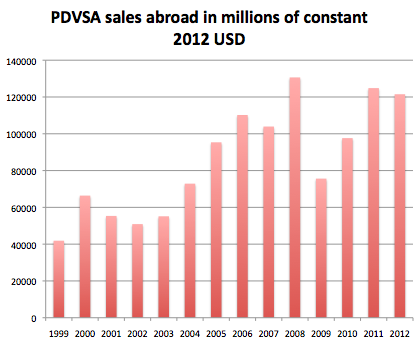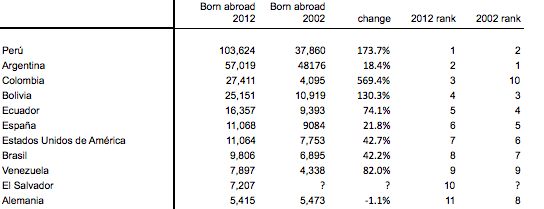It was nice while it lasted, but Venezuela’s minister of people’s power for oil and mining, Rafael Ramírez, has left us. He used to be considered a pragmatist and would offer plans that, while, ambitious, were often within the range of the human imagination. No more. Check out what’s happened to the oil output plans for state oil company Petroleos de Venezuela SA over the past eight years. The vertical axis is barrels per day. The lower left corner of each line is where the company says its starting out. The upper right end of the line is where it plans to end up, months or years later.
First, there’s the obvious: That the dude has been making and failing to fulfill unrealistic plans for a long, long time. Continue reading










